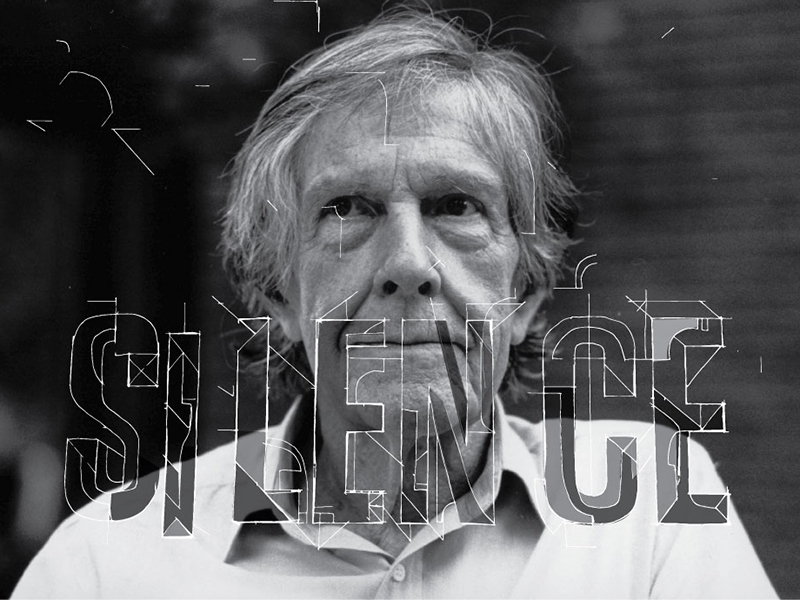

During this period Cage became interested in Eastern philosophies, especially in Zen. There were also major concert works for the new instrument: A Book of Music (1944) and Three Dances (1945) for two prepared pianos, and the Sonatas and Interludes (1948) for one. He moved to San Francisco in 1939, to Chicago in 1941 and back to New York in 1942, all the time writing music for dance companies (notably for Merce Cunningham with whom he formed a lifelong relationship), nearly always for prepared piano or percussion ensemble. He also began to use electronic devices (variable-speed turntables in Imaginary Landscape n.1, 1939) and invented the 'prepared piano', which involves placing a variety of objects between the strings of a grand piano in order to create an effective percussion orchestra under the control of two hands. In 1937 he moved to Seattle to work as a dance accompanist, and there in 1938 he founded a percussion orchestra his music now concerned with filling units of time with ostinatos (First Construction in Metal, 1939). He left Pomona College early to travel in Europe (1930-31), then studied with Henry Cowell in New York (1933-4) and Arnold Schoenberg in Los Angeles (1934): his first published compositions, in a rigorous atonal system of his own, date from this period. He is best known and lauded as a pioneer of post-war avant-garde composition. John Cage (born September 5, 1912, Los Angeles, California, USA - died August 12, 1992, New York City, New York, USA) was an American composer, music theorist, writer, philosopher, and artist.


 0 kommentar(er)
0 kommentar(er)
